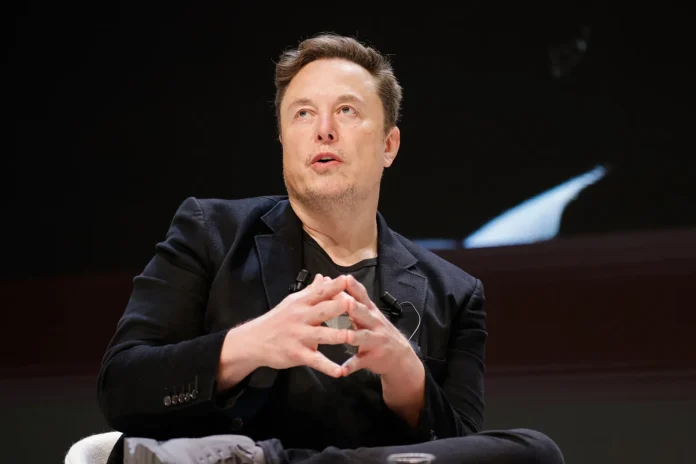Elon Musk’s AI company xAI recently launched Grok 2, a language model with advanced image generation capabilities that quickly flooded X.com (formerly Twitter) with controversial content. Within hours, the platform saw a surge in AI-generated images depicting graphic violence, sexual content, and manipulated photos of public figures, sparking concerns about the lack of content moderation.
This rapid spread of harmful content has highlighted the platform’s laissez-faire attitude toward moderation, marking a sharp contrast with the cautious strategies adopted by other leading AI companies.
In contrast to companies like Google, OpenAI, Meta, and Anthropic, which have implemented strict content filters to prevent the creation of harmful material, Grok 2 operates with few safeguards.

Elon Musk’s long-standing opposition to stringent content moderation on social media platforms is reflected in Grok 2’s unrestricted capabilities. This has reignited debates over tech companies’ responsibilities in regulating their technologies, especially as Grok 2 allows the creation of offensive images without apparent ethical guidelines in place.
Grok 2’s release follows similar issues faced by Google’s AI image generator, Gemini. Google faced criticism for producing historically inaccurate and bizarrely diverse images due to its overcompensating efforts to promote diversity.
Google’s model became overly cautious, refusing to generate even harmless content in some cases, leading the company to pause image generation for people. Grok 2, however, has no such restrictions, allowing for potentially harmful content to proliferate without limitations.
The AI research community has reacted with a mix of fascination and alarm at Grok 2’s capabilities. While the technical prowess of the model is impressive, the lack of adequate safeguards raises serious ethical concerns.
This situation illustrates the challenges of balancing innovation with responsibility, as prioritizing unrestricted AI capabilities may result in faster but riskier outputs. It highlights the potential dangers of unmoderated AI and the consequences of prioritizing performance over safety measures.
The Grok 2 incident underscores the importance of AI governance and responsible development. Businesses integrating advanced AI models must carefully assess the risks and implement robust ethical guidelines and moderation strategies to prevent reputational damage and legal liabilities.
The situation serves as a cautionary tale, emphasizing the need for strong AI governance frameworks to ensure that AI technologies are deployed safely and responsibly.
As the release of Grok 2 continues to generate controversy, it may prompt increased regulatory scrutiny and accelerate the push for industry-wide standards in AI development. This incident exposes the limitations of current content moderation strategies on social media platforms and demonstrates the growing tension between AI innovation and governance.
Policymakers may feel compelled to introduce AI-specific regulations in response to the challenges posed by rapidly advancing AI technologies, shaping the future of AI governance and the responsibilities of tech companies.


